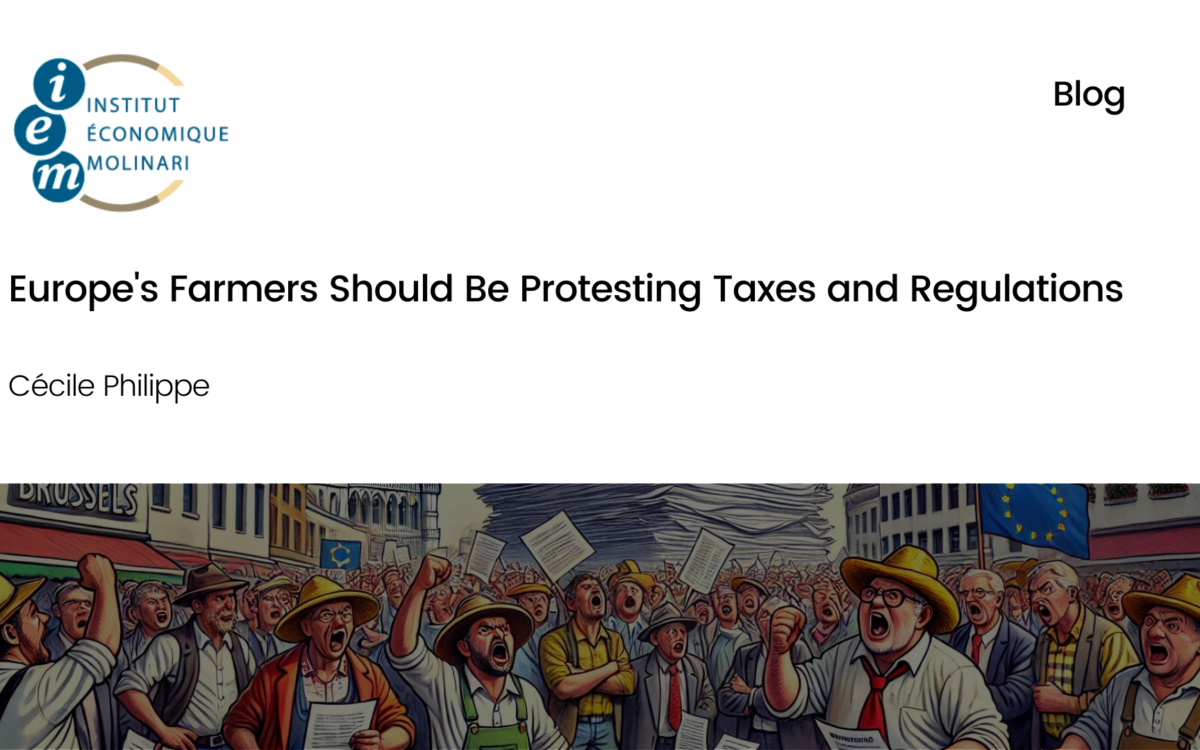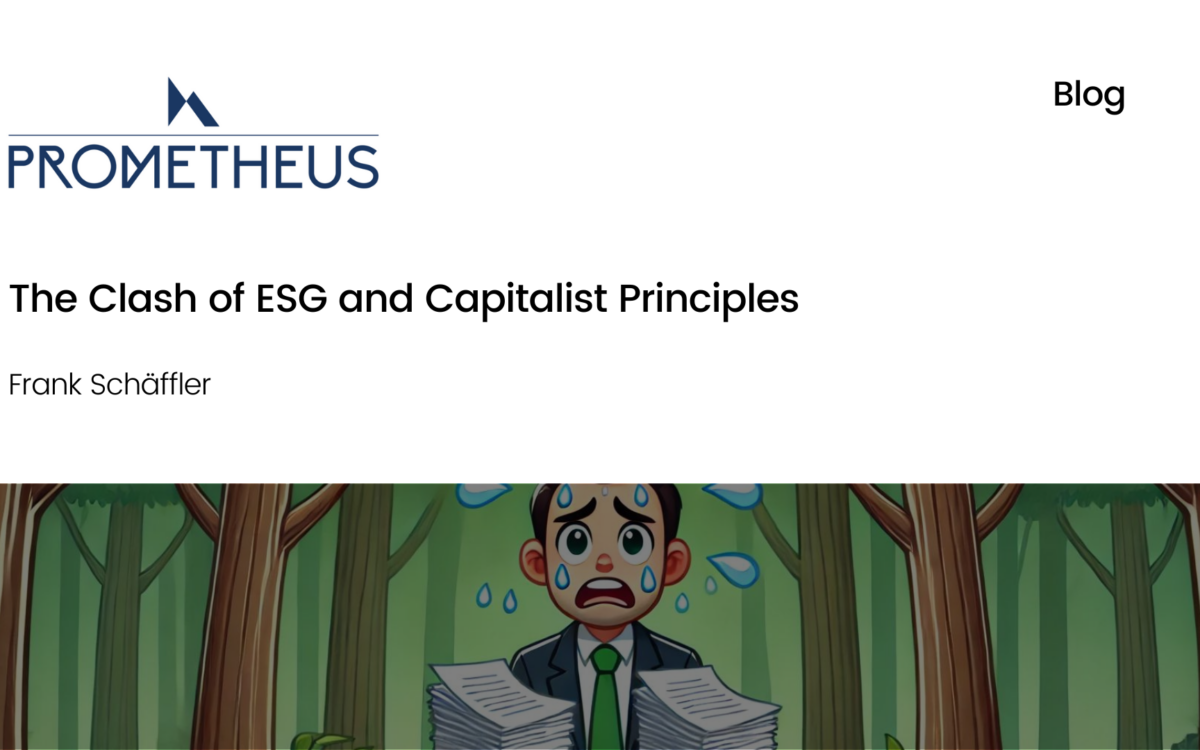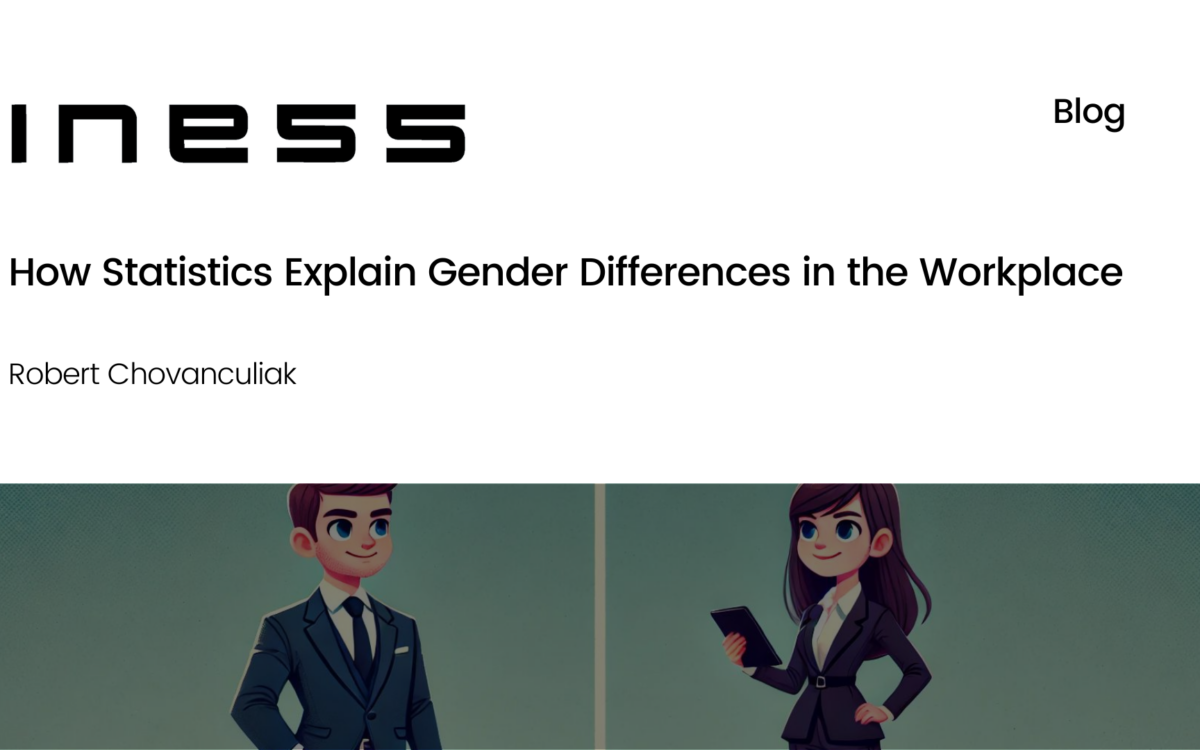When Market Failure Attracts Rent-seekers

When Market Failure Attracts Rent-seekers
25 February 2022 // Bruno Prior
Market failures are not simply outcomes you do not like. They are institutional inefficiencies such as externalities (where a proportion of the cost or benefit of an activity is incurred by someone other than the person engaged in it).
Where the cost of doing so does not exceed the benefit, externalities should be “internalised”, i.e. government should institute a mechanism that relocates the cost or benefit to the person who creates it. Competition then includes the value of the internalised externality, without government hindering discovery by trying to encourage specific, pre-selected solutions.
You can usually spot rent-seekers because they argue that the government should promote specific, pre-selected outcomes or solutions, rather than correct an inefficiency in the institutional framework that leaves the market free to discover the optimal set of outcomes.
Just because you think you know what ought to happen, it does not mean that you should argue for the government to make it happen. You might be wrong. The battle for government to back some solutions over others is the essence of crony capitalism.
The politician’s syllogism is:
1. Something must be done.
2. This is something.
3. This must be done.
What should actually be done depends who you are. For a politician, “this” should be amending the institutional framework so it allows the market to discover the optimal set of outcomes as efficiently as possible, not promoting solutions or outcomes. For the individual, “this” should be proving your solution in the market, not getting politicians to promote your solution.
Not long after the heat pump discussed in the previous article, we invested heavily in a project with Warwick University to purify and liquefy landfill gas to run our gravel trucks on. As the technology was beginning to work, the oil price fell and made it non-viable. Another painful lesson, for us, not society. We did not ask to be propped up. We took what we had learned about landfill gas and switched to producing electricity.
We opened our first renewable power station in 1988. It took a decade to become profitable, but by the mid noughties, we were producing profitably 300 GWh a year at sites around the country, and the cost had come down to 3p/kWh.
Unfortunately, from the government’s first winner-picking renewable subsidy (NFFO in 1991) onwards, rent-seekers were attracted to a sector where those skills were rewarded. It is a terrible but effective model, if you have the heft to influence government. The rent-seekers gradually displaced the original innovators in the renewables sector.
The loudest voices from academia and the NGOs were already calling for government to pick the winners they thought they were expert enough to pick (despite neither skin in the game nor practical experience). They were joined increasingly by the industry, and their symbiotes in the corporate finance and consultancy sectors, until voices against rent-seeking could hardly be heard.
Subsequent renewable mechanisms were introduced and modified to deliver whatever was thought at the time to be the latest “right” mix of technologies. By the 2010s, reviewing three of the many mechanisms targeted at the sector (Renewables Obligation, Feed-in Tariff and Renewable Heat Incentive), I counted over 100 different carbon prices implied by the incentives for different technologies at different scales in different uses displacing different fuels.
How accurate were the calculations that underpinned these differential incentives? Here is one example.
We were an early-mover again in another renewable technology called Anaerobic Digestion (AD). AD is a biological process that converts putrescible material like food waste into gas consisting largely of methane (natural gas) and carbon dioxide. It’s what produces the landfill gas that we used to generate electricity. The gas is released over decades in landfills. If, instead, the putrescibles are managed in special facilities designed to optimise gas production, most of the gas can be extracted in weeks, and a fertiliser (digestate) can be produced from the remnants. These facilities are referred to as AD plants.
Only certain feedstocks are suitable for AD plants. Commercial or domestic food waste is ideal but limited. You can grow more feedstocks (energy crops), but whereas AD of waste avoids a cost (waste disposal), AD of energy crops incurs a cost (growing the maize etc). The trade-off is that energy-crop AD is simpler, but the land-use competition between food and energy crops means that the sustainable potential of energy crops is highly uncertain and subjective.
As AD capacity increases, so does the pressure on feedstocks, the production costs, and the breakeven price for the energy. There is an equilibrium capacity that roughly matches the amount of suitable waste plus the amount of energy crops that represents the equilibrium point between the production of food and energy crops.
It is hard to judge from outside. When you are in the market, you can see the price of the various factors reacting to market activity and know whether the market is under-supplied or saturated. AD operators advised the government that the potential could be increased modestly (e.g. through improved collection of domestic food waste), but the realistic potential was a small fraction of our gas supplies.
Many other groups, however, had good reasons to want to believe otherwise. AD equipment suppliers needed the government to keep subsidising AD to drive its capacity past the sustainable equilibrium level. Many policy wonks and green lobbyists wanted to believe the potential was huge, because AD looked like the perfect magic bullet after failing to decarbonise heat for two decades – the methane could be cleaned up and injected into the grid, to decarbonise heat with the minimal upheaval to the public. National Grid wanted to believe in biomethane because it would allow for heat decarbonisation without reducing the flows through their gas network. Many people deferred to them. Surely such an important player in UK energy would be more expert and objective than small players?
As the signs grew that the government was going to give heat decarbonisation a push, National Grid commissioned Ernst & Young to write a report on the potential for renewable gas. Ernst & Young found reasons to predict that biomethane could be increased rapidly to supply at least 5% of the UK’s gas, and as much as 18% at a stretch.
Unfortunately for National Grid and Ernst & Young, they said this could be delivered by 2020. Tempus fugit. We can now judge whether the rent-seekers who backed this analysis were right, or whether the people who were actually producing biogas had a better grasp of reality.
In 2020, after the government had subsidised biogas first in the Renewables Obligation and Feed-In Tariffs (to produce electricity) and then in the Renewable Heat Incentive (to produce gas for the grid), 0.7% of our gas was produced by AD. Not the 5% that Ernst & Young judged was the minimum that we should expect.
Were Ernst & Young right about the potential, but let down by the market and/or the government, who failed to invest or provide the incentives respectively?
The RO, FiT and RHI subsidies were generous. If you calculated the implicit values of those subsidies, most were well above any mainstream estimate of the social cost of carbon.
And there was a significant expansion of capacity. Demand for feedstock was so high that food waste had almost flipped: what was previously a disposal cost to food producers and income stream to AD operators was becoming an income stream to food producers and a cost to AD operators. At the point you’re paying people to produce waste, you can probably increase the supply of it, but it’s not obvious what the economic or environmental virtue of that is. And it does serious damage to an AD plant’s economics. Many plants either had their commissioning deferred or ran below capacity because of feedstock limitations.
A minimum potential of 5% and stretch potential of 18% isn’t just a minor miscalculation when the out-turn is 0.7%. It’s a Ferguson-esque over-estimation. And no doubt it would be defended on similar grounds: it’s just a scenario not a prediction; people changed their behaviour; we’re working on the best information available at the time, etc.
Whether you buy that or not, it is no justification for basing government policy on it. We continuously discover reality as people get on with their jobs, trying things out and interacting. Clever people with motivated reasoning and limited knowledge do not provide an adequate substitute, let alone a superior solution.
But that does not put the clever people off, because it is easier and more fun to dream up and sell your grand ideas to government than it is to develop and prove a product in the market. So they produce more magic bullets, because that is one of the biggest markets in a corporatist world.
Next, it may be hydrogen. We were one of the first producers of renewable hydrogen in the UK. The plant was eventually broken up and sold off.
Or it may be heat networks. We have done that; lost 50% of the heat into the ground (at times).
Or it may be biomass. We fought that battle for 10 years, but who needs the agro from the bootleggers-and-baptists coalition of climate sceptics and catastrophists?
There are lessons from each of these, but for investment, not for policy (except negatively). Technology inferences generalised from my experience are likely to be as mistaken as they are from whatever data the clever people base their projections on.
Don’t trust people who want to tell everyone for free that they know the “right” technology mix for the future. If they really knew, they could make a fortune. Why would they give away that knowledge to everyone else for free?
The original article appeared on the IEA’s blog.
EPICENTER publications and contributions from our member think tanks are designed to promote the discussion of economic issues and the role of markets in solving economic and social problems. As with all EPICENTER publications, the views expressed here are those of the author and not EPICENTER or its member think tanks (which have no corporate view).



